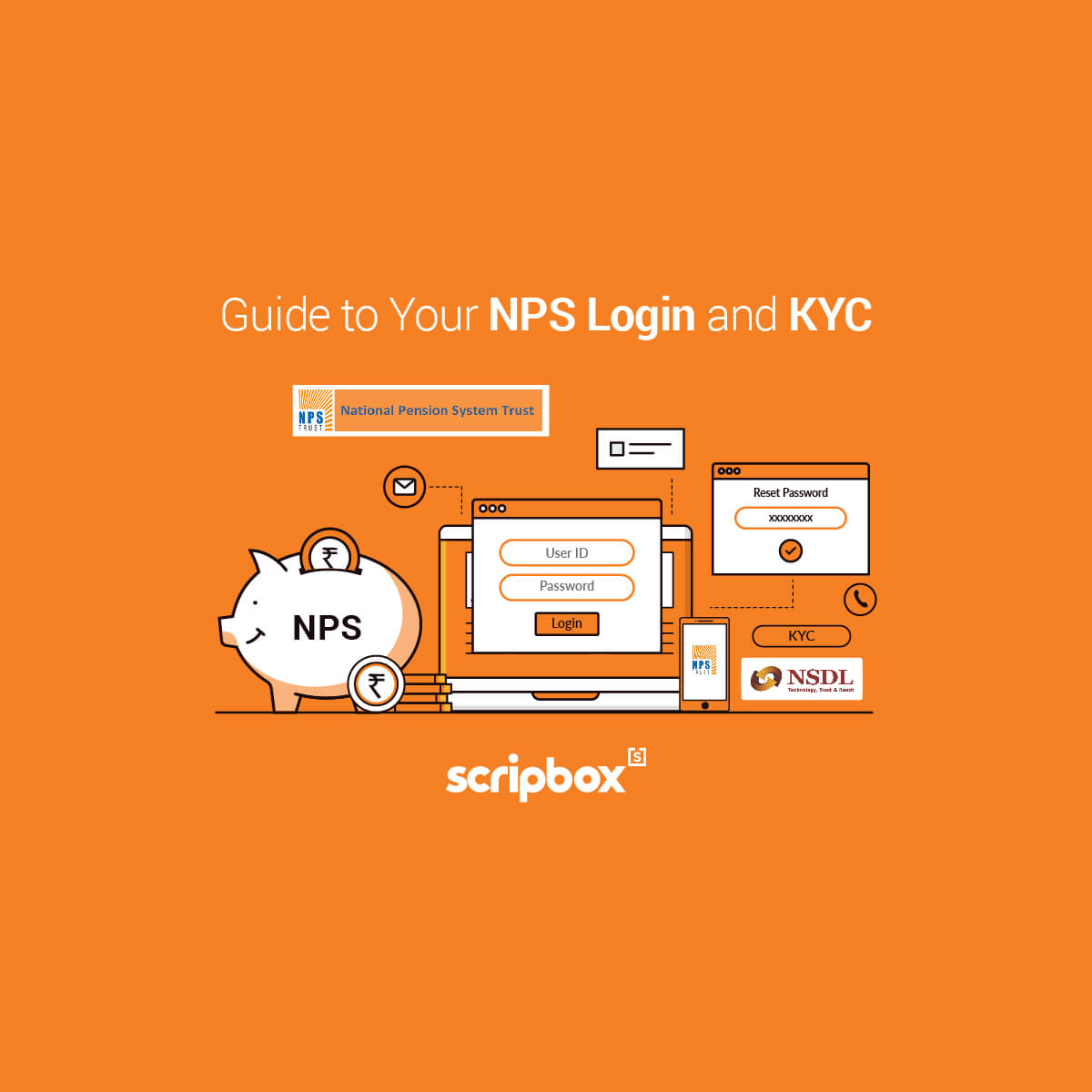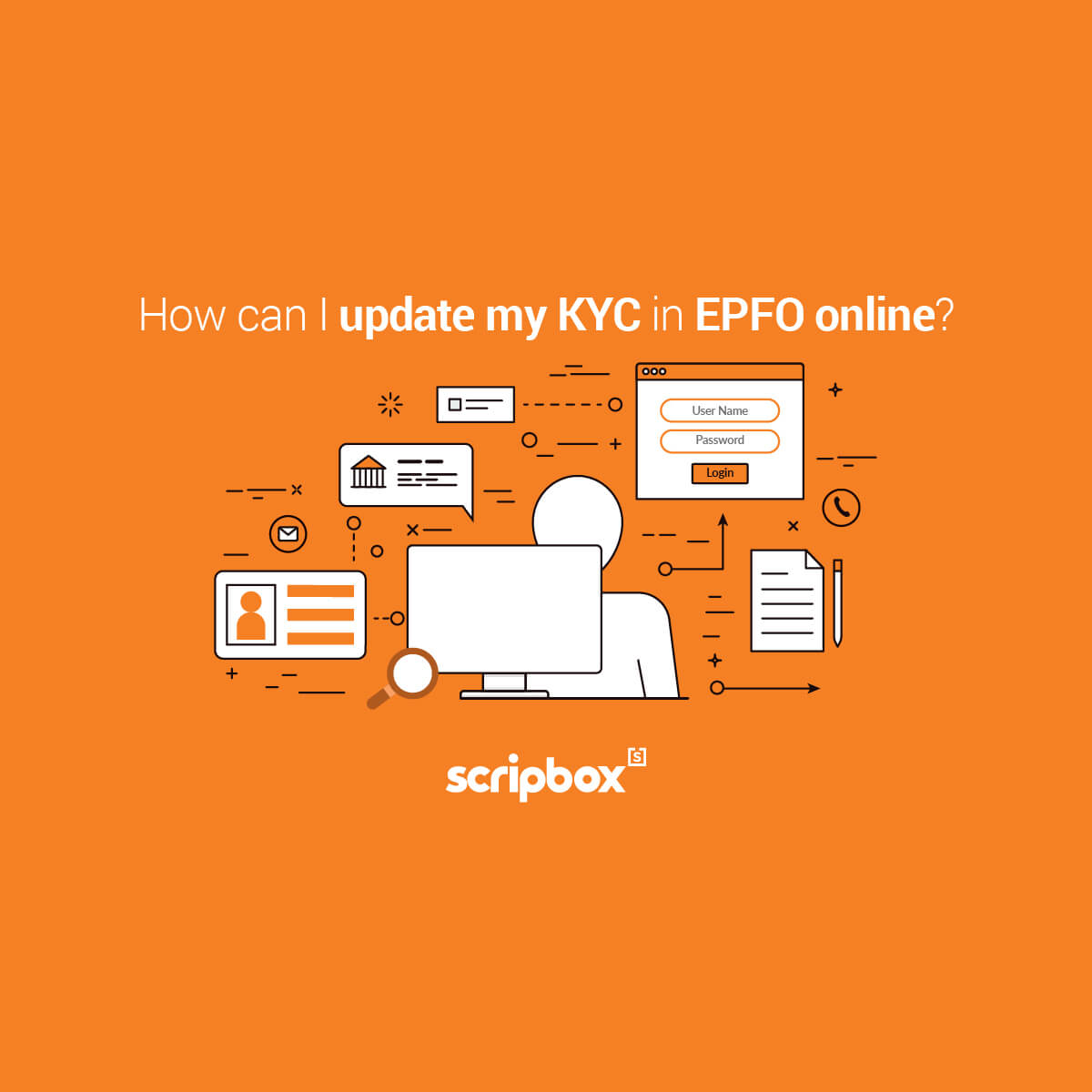This article was first published on livemint.
I had invested ₹10 lakh in Public Provident Fund (PPF) before leaving India. I have heard that PPF is not available anymore for NRIs. How would it impact me? What should I do now with the PPF account?
While you had heard right, those new rules have been revoked till further notice. Effectively, there has been no change from the pre-October 2017 time. According to a notification by the government of India in October 2017, the existing PPF accounts held by NRIs stood closed as in your case. The closure came with effect from the day your tax residency status changed to NRI. However, the Department of Economic Affairs (DEA) revoked the October 2017 ruling with another notice on 23 February 2018.
As per the October 2017 ruling, NRIs would get only 4% per annum returns from their PPF corpus until they withdrew it. The new February 2018 ruling restores the interest rate as before. Now, you will also get the same interest rate on PPF as resident Indians. The PPF interest rate has been stable at 7.60% since January 2018 and will continue at this level until September 2018. You can continue to invest up to ₹1.50 lakh per annum in PPF until it reaches the 15-year maturity period.
Before deciding to invest more in PPF, you should evaluate your investment objective and risk appetite. If you prefer lower but government assured returns, you should continue to invest ₹1.50 lakh per annum in PPF. If you want higher returns from tax saving investments and do not mind some volatility, you could consider investing in equity-linked saving schemes (ELSS). It might be interesting to note that ₹1.5 lakh invested per annum in an ELSS fund (ABSL 96 Tax Relief Fund) for the last 22 years has given ₹5.50 crore higher returns than same investment in PPF.
Should I use a non-resident external (NRE) or a non-resident ordinary (NRO) account to invest in mutual funds? Is there any restriction on taking money back to the UK?
NRIs can either use an NRE or NRO account to invest in MFs in India. The choice primarily depends on the source of funds. If the funds to be invested originated in India, then you should use the NRO account, but if you are bringing funds from income outside India, then use NRE account.
Proceeds from MF investments through NRE accounts are fully repatriable. However, if you invest through an NRO account, then you can take up to $250,000 per financial year outside India using the Liberalized Remittance Scheme (LRS). Under LRS, remittances are allowed for overseas travel, medical treatment, education and purchase of shares and property, apart from donations and gifting and maintenance of relatives living abroad. Also, the rules of taking money back are common for all foreign countries.
Invest in mutual funds with Scripbox.
Related Articles
- I had invested ₹10 lakh in Public Provident Fund (PPF) before leaving India. I have heard that PPF is not available anymore for NRIs. How would it impact me? What should I do now with the PPF account?
- Should I use a non-resident external (NRE) or a non-resident ordinary (NRO) account to invest in mutual funds? Is there any restriction on taking money back to the UK?





























Show comments